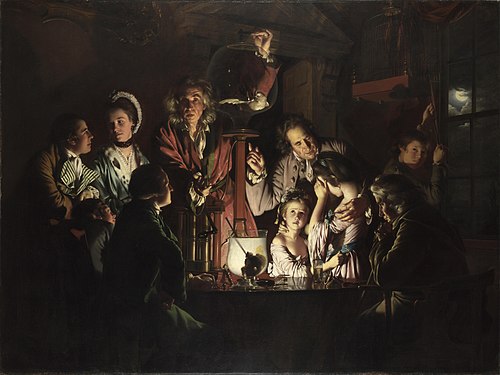Another day, another dollar: Ten featured articles, nine featured lists, and twenty-eight featured pictures were promoted this week.
Ten featured articles were promoted this week.


Nine featured lists were promoted this week.


Twenty-eight featured pictures were promoted this week.





Apart from these featured contents, thirty-one good articles were promoted this week.
Click to show
|
|---|
  |


Discuss this story